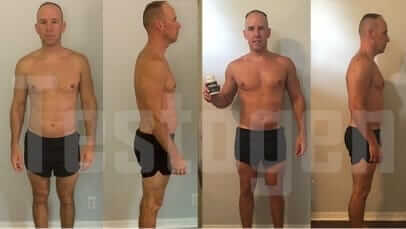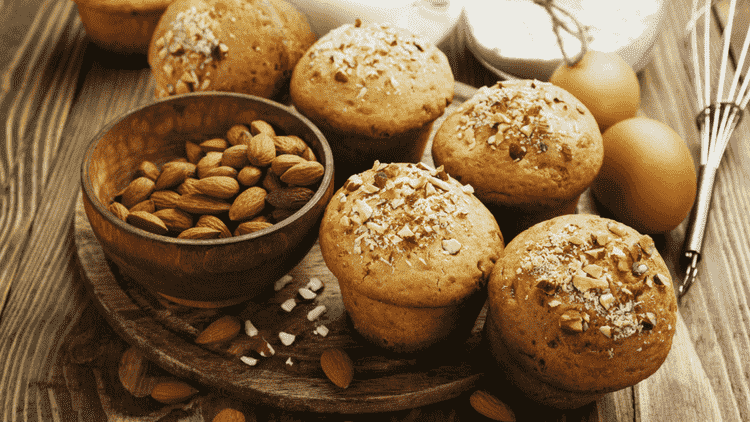Bodybuilding is fast becoming one of the most popular sports for young men. However, in today’s technology-driven generation there is still a whole boatload of misinformation or “bro science” out there about the topic, ranging from training methods to diet plans that can be straight up dangerous! The team at Muscle Club are here to set the record straight and debunk 5 of the most common bodybuilding myths.
1. Spot reduction fat loss
The title says it all. Everyone wants to reduce body fat in certain areas, whether it be their mid-section, lower back, or thighs. And it’s often the case that you’ll hear a gym veteran recommending certain training movements to lose fat from certain areas, such as the age-old technique of “doing sit-ups to lose belly fat.”
However, spot reduction may just be the biggest bodybuilding myth of them all. As much as we may like to lose fat from specific areas, it’s not how our body works. Instead, when we lose body fat our bodies take more of a universal approach, reducing body fat overall as opposed to in certain areas.
2. The chicken, broccoli & brown rice diet
Another bodybuilding myth is that you need to eat certain foods to achieve certain results. If you’re looking to build muscle or burn body fat, you need to make sure you are eating chicken, broccoli, and brown rice!
For decades, this was considered the norm in the bodybuilding word; however, in recent years it has been debunked. Not to take away from the nutritional content of these three “clean foods,” but people have realized that body composition is the result of total calorie intake from all foods rather than calories from a very select group of foods. So, if you please, you can continue to eat copious amounts of brown rice and broccoli, but remember that provided you are still hitting your macronutrient goals you could be getting in plenty of other foods – even typical junk food!
3. Off-season bulking
Bulk, cut, bulk, cut … the endless cycle of most bodybuilders. Lean out to low single-digit body fat for a competition and then blow out past 20% body fat through your “off season” in order to gain optimal strength and size.
“Bulking” is, in a sense, one of the biggest bodybuilding myths. And many people still follow this protocol to this day, going from 6% body fat and then getting on the gain train to over 20% body fat to gain muscle. In reality, this is a terrible way to treat the body and to build optimal muscle mass.
Most studies have shown that, in males, optimal testosterone production occurs at between 8% and 15% body fat. And as we know, higher testosterone = greater gains. So planning to “bulk” past 15% body fat may result in you getting a little stronger because you simply weigh more, but it also puts you outside of your optimal hormone range. Bodybuilders going into their off season should aim to keep their body fat under 15%. Not only will this be ideal for hormones and muscle growth, but it will also make the transition to dieting for a show less taxing and preserve more muscle tissue for when you’re on stage.
4. More protein = more muscle
Protein is the building block of muscle. It is crucial for muscle recovery and repair. So, more protein must be better, right?
Not the case! The reality is that your body can only handle so much protein on a daily basis. Typically, those aiming for muscle growth or fat loss will consume anywhere from 2g to 2.5g of protein per kilogram of bodyweight.
The myth that more protein is better has been a misconception for a long time, but the truth is that continual excessive protein intake will either be excreted by the body or converted into glucose via gluconeogenesis. So, all in all, more protein is not necessarily better, despite what the big guy at the gym tells you.
5. Split training
Specific training for muscle growth is another common bodybuilding myth. Body part splits can be a very beneficial training protocol if you have a lagging body part or specifically want to train a select muscle group such as biceps or triceps.
However, the main issue with split training is the frequency. Often, training one body part per week is not enough for optimal muscle growth. Ideally, a training split would have you hitting the same muscle group within a 5-day period. Training with this higher frequency will allow for optimal muscle growth.
So the next time that big guy at the gym tries to give you some expert diet or training tips, think twice and do your own research to make sure you’re getting the right information!






